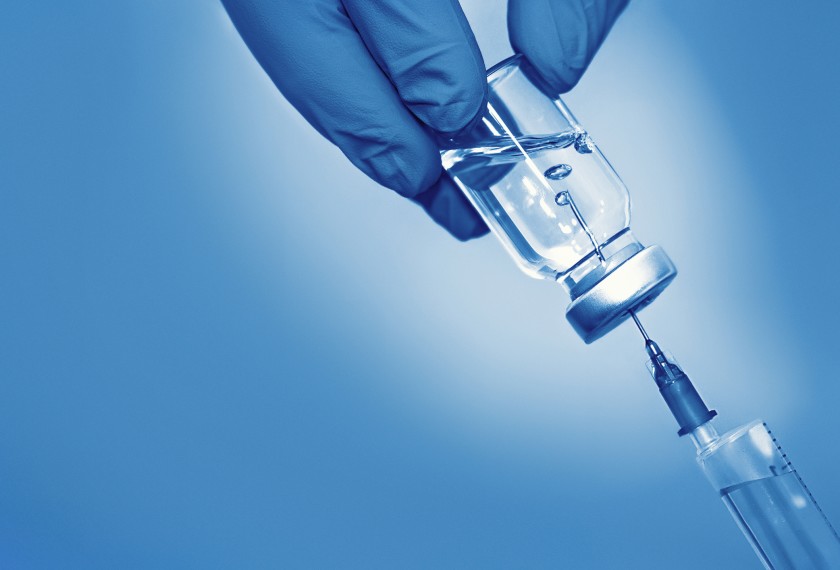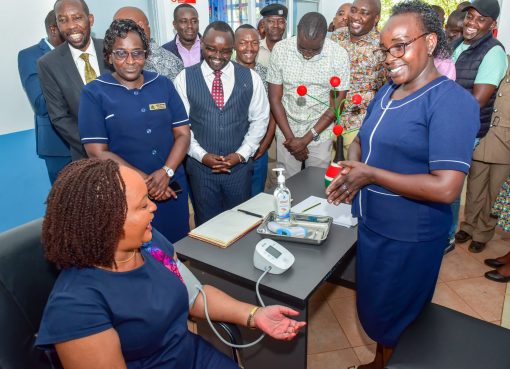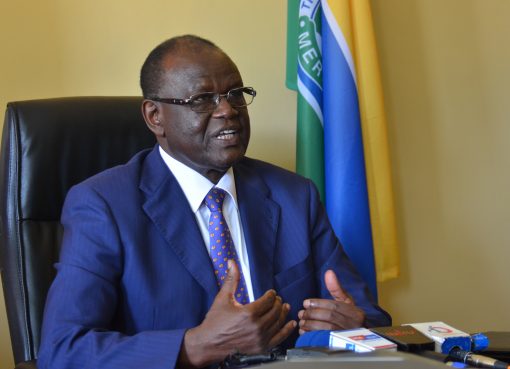The World Health Organization (WHO) is reviewing the emerging evidence on the need to vaccinate children and adolescents with the currently available COVID-19 vaccines, which have received Emergency Use Listing (EUL).
WHO is doing this with the support of the Strategic Advisory Group of Experts (SAGE) on Immunization and its COVID-19 Vaccines Working Group.
According to a statement sent to newsrooms Thursday, SAGE is continuously reviewing the literature and has reached out to vaccine manufacturers, the research community and Member States to obtain the most complete and recent data on this issue.
An interim statement was developed with additional support from the Strategic and Technical Advisory Group of Experts (STAGE) on maternal, newborn, child, and adolescent health, and nutrition.
“This interim statement is not a policy recommendation. It examines the role of COVID-19 vaccines in children and adolescents in the global context of inequitable vaccine distribution and access across countries at a time when many countries have not yet achieved high vaccine coverage rates in the highest and high priority-use groups,” said the statement.
The greatest burden of disease in terms of severe disease and deaths remains among older persons and those with comorbidities. This evidence informed the WHO Prioritization Roadmap, which identifies high priority-use groups according to vaccine supplies available to countries.
WHO recognizes that various countries are in different pandemic phases with different vaccination coverage rates.
Significant progress has been made on the vaccination front; nearly every country has implemented COVID-19 vaccination and over 12 billion doses have been administered globally, resulting in WHO Member States reaching on average 60 percent of their populations.
This massive and unprecedented COVID-19 vaccine deployment has led to major reductions in severe disease, hospitalization and deaths (so-called de-coupling of cases and deaths), allowing societies to re-open and avert an estimated 19.8 million deaths in 2021.
Continued use of currently licensed vaccines based on the index virus confers high levels of protection against severe disease for all variants.
However, global disparities in vaccination continue; and many countries have not yet achieved high vaccine coverage of the most at-risk populations. Specifically, only 25 percent of older populations have received a complete primary series of COVID-19 vaccines in lower income countries, the very places where healthcare access is more limited.
The updated WHO global vaccination strategy targets 100 percent coverage for all older adults and health workers. Furthermore, countries should strive towards broader population immunity, measured as progress against the global target of 70 percent of the total national population, and against context-specific country targets.
There are currently no vaccine supply constraints. Although the majority of COVID-19 vaccines are only approved for use in adults aged 18 years and above, an increasing number of vaccines are now also being authorized for use in children.
Some countries have given emergency use authorization for mRNA vaccines (Pfizer-BioNTech BNT162b2 and Moderna mRNA-1273) for use in the age groups of 6 months and above.
Trials in children as young as age 3 years were completed for two inactivated vaccines (Sinovac-CoronaVac and BBIBP-CorV) and these products were approved by Chinese authorities for the age indication of 3-17 years.
Although COVID-19 vaccines such as CoronaVac, Novavax and BBIBP-CorV have received EUL for adults, they have not yet received WHO EUL for the use in children. Covaxin, an adjuvant inactivated vaccine developed by Bharat, was approved in India for the age indication of 12-17 years; but has not yet received WHO EUL for this age indication.
By Alice Gworo




